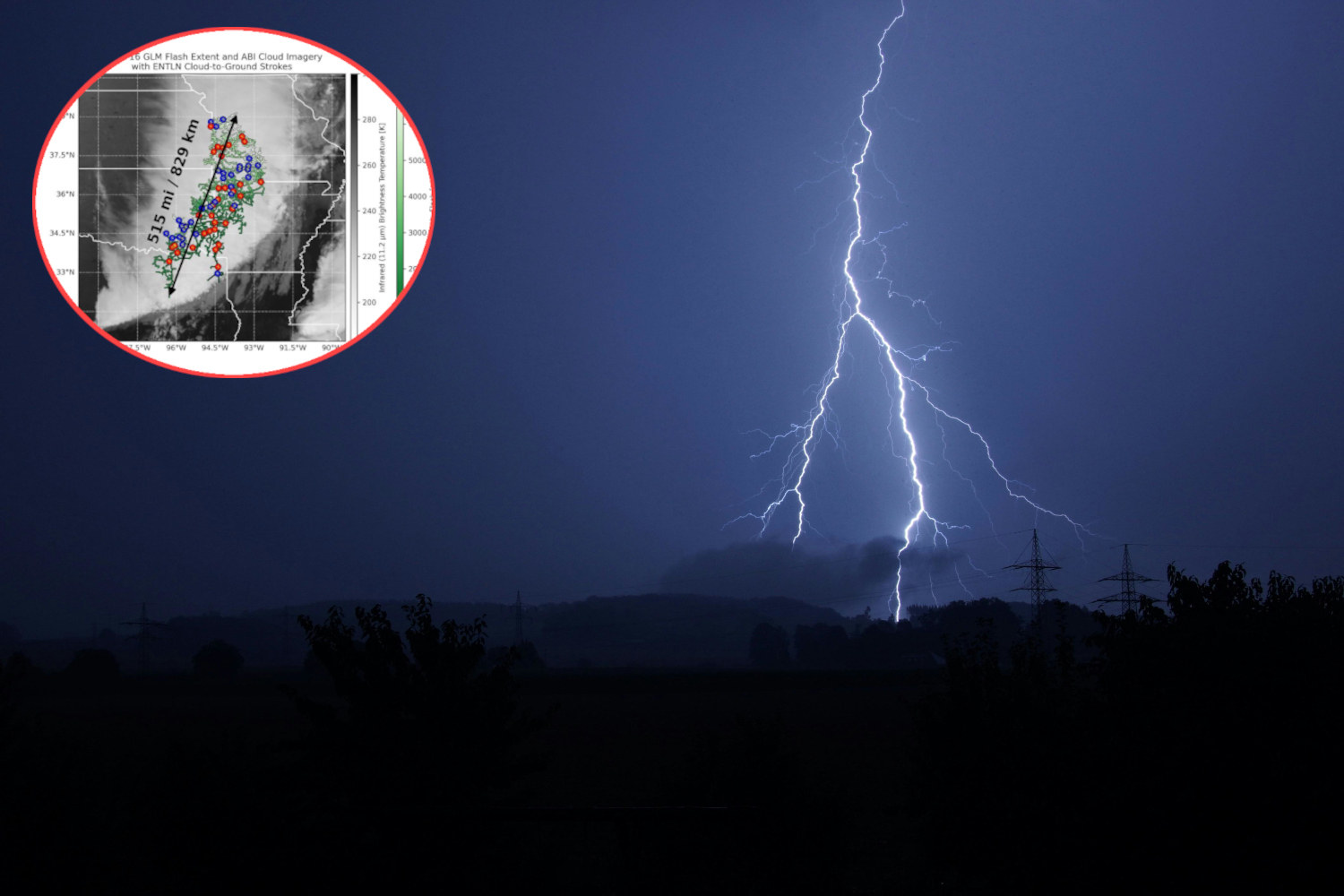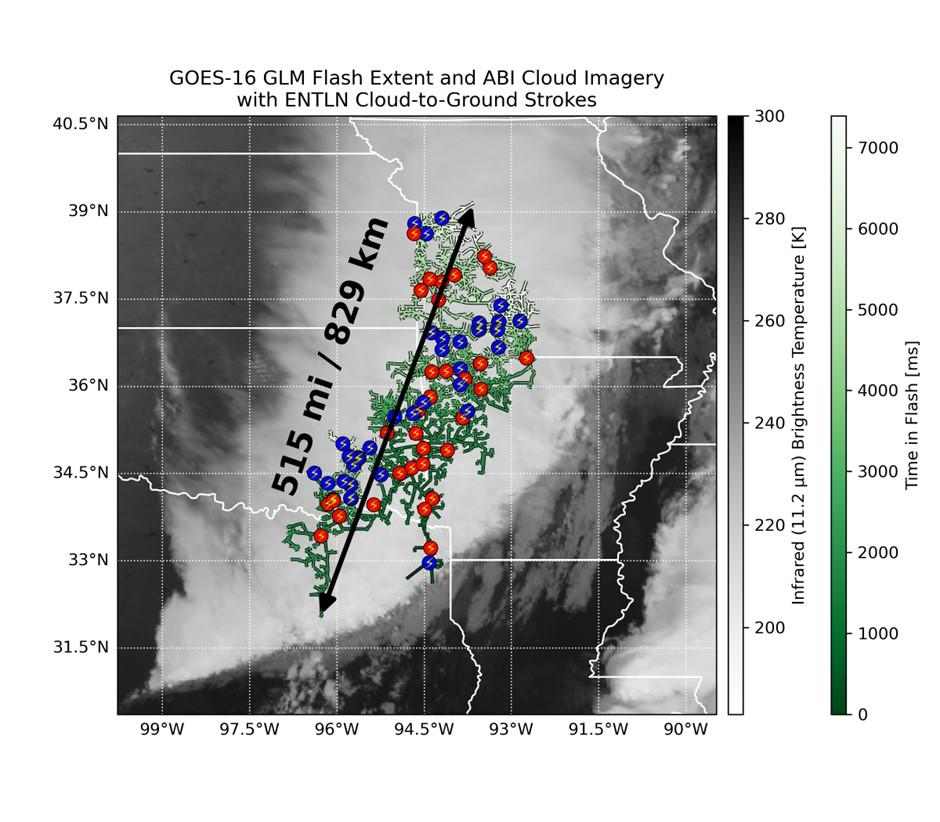A record-breaking lightning bolt stretching 515 miles across the U.S. has been confirmed by the WMO, illustrating both the wonder and danger of extreme weather.

@Pixabay/Pexels @ World Meteorological Organization – WMO
In an electrifying revelation—quite literally—a lightning bolt stretching 515 miles (829 kilometers) has now earned the title of the longest ever recorded in human history. The remarkable phenomenon, which occurred back in October 2017, has only recently been certified by the World Meteorological Organization (WMO) following an extensive analysis of satellite data.
To put its magnitude in perspective: that’s roughly the distance between New York City and Cleveland, or the span separating Paris and Venice. A car would need eight to nine hours to make that journey. A commercial airliner? At least an hour and a half. The previous record, clocked at 477 miles (768 kilometers) in April 2020, now takes a step back—outshone by an additional 38 miles (61 kilometers).
A flash across the skies
The mega-bolt lit up the skies between eastern Texas and Kansas City, cutting across several states in a single, continuous electric pulse. And while it might seem like a feat of fantasy, the evidence is grounded in cutting-edge science.
Thanks to GOES-16 and GOES-17, two geostationary satellites developed by the U.S. National Oceanic and Atmospheric Administration (NOAA), experts were able to verify the bolt with an astonishing margin of error of just 5 miles (8 kilometers). It’s a testament to just how far atmospheric science has come—and how much more it might still uncover.

@World Meteorological Organization – WMO
“There are likely to be even longer lightning events out there,” said Randall Cerveny, a WMO weather and climate extremes expert. “We just need the technology to find them.”
Awe and danger go hand in hand
It’s hard not to be stunned by the sheer scale of such an event. But lightning isn’t just a spectacle—it’s a serious threat. According to the WMO, lightning strikes of this magnitude can endanger air traffic, spark wildfires, and even harm people far from the storm’s center.
And these aren’t abstract concerns. As climate patterns shift and extreme weather becomes more frequent, early-warning systems are becoming more important than ever. Fast and accurate detection isn’t just a scientific achievement—it’s a public safety necessity.
The WMO emphasizes that the safest place during a lightning storm is inside a solid building equipped with proper plumbing and electrical systems, or in a closed, metal-roofed vehicle. The open sky, however beautiful, often hides risks that only science—and caution—can fully reveal.
abstract
